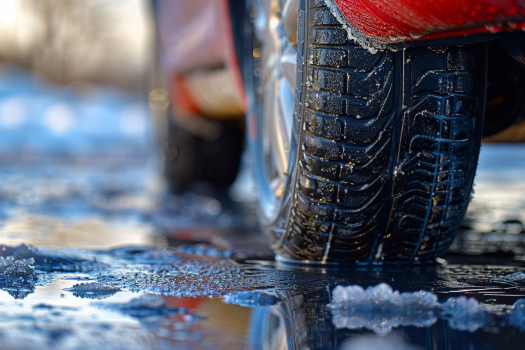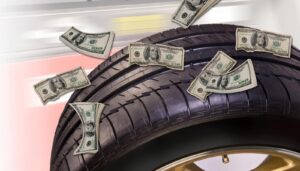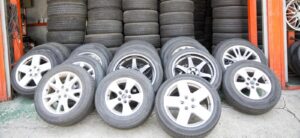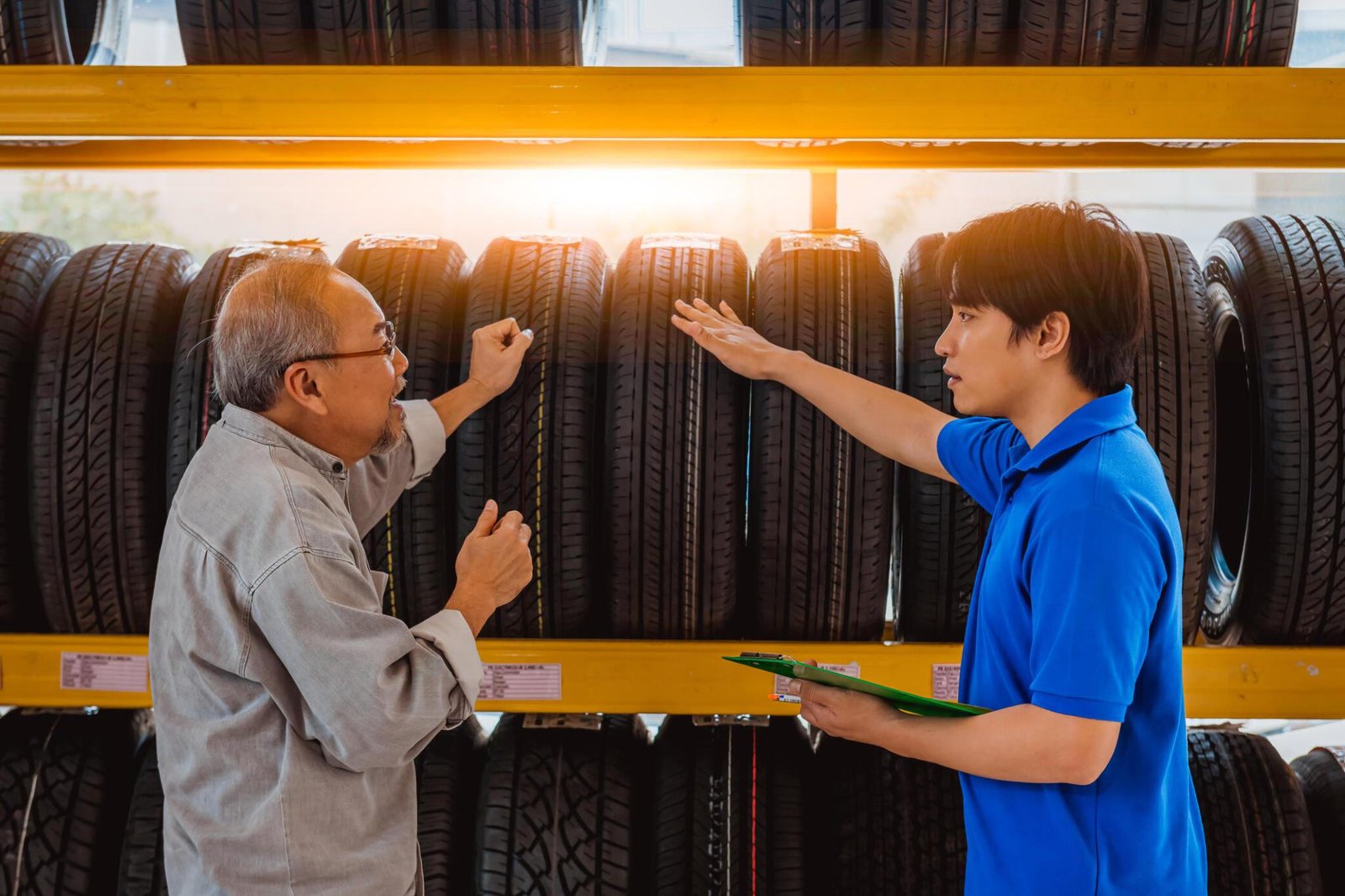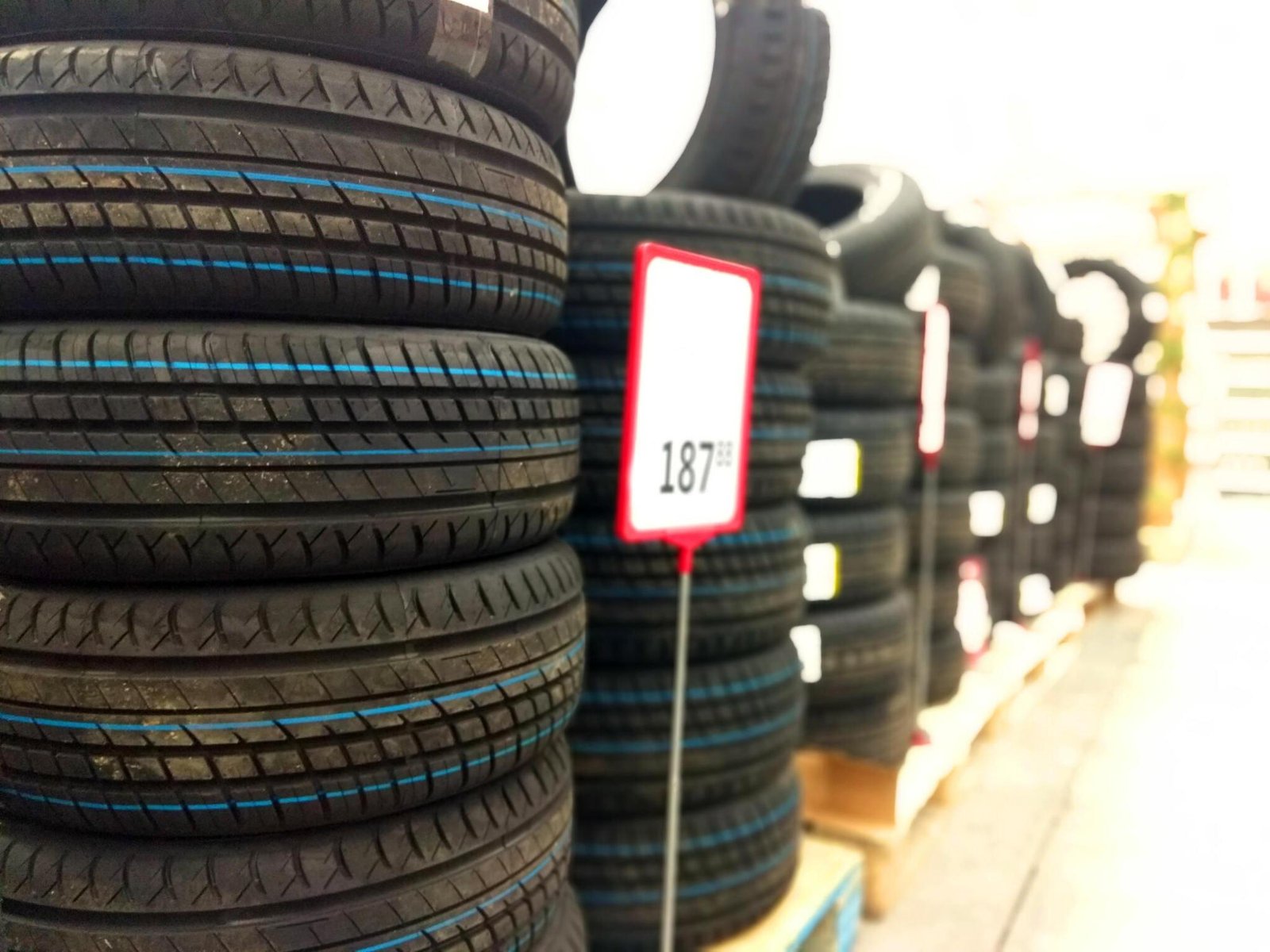Last Updated on February 26, 2024
Maximizing Performance and Longevity Of New Tires
You might think a brand-new set of freshly installed tires would give you the best performance possible. Think again. Like a new pair of shoes or a cast iron skillet, your tires won’t be at their best until you break them in.
When it comes to your vehicle’s new tires, getting the most out of them is essential. This guide will show you simple steps to ensure your new tires provide peak performance and last longer on the road. From proper installation to maintenance tips, we’ve got you covered.
Let’s dive into maximizing the performance and longevity of your new tires.
The Road to Safety and Performance
Regarding vehicle safety and performance, your tires play a crucial role. Whether upgrading your tires for better handling, improved traction, or replacing worn-out rubber, selecting new tires is a significant decision. In this guide, we’ll explore the world of new tires, helping you understand why they matter and how to make the right choice for your vehicle.
The Importance of New Tires
- Enhanced Safety: New tires offer better traction, especially in adverse weather conditions like rain or snow. This increased grip means shorter braking distances and better control, contributing to safer driving.
- Improved Handling: Upgrading new tires can enhance your vehicle’s handling and cornering abilities. You’ll notice a difference in how your car responds to steering inputs, providing a more enjoyable driving experience.
- Fuel Efficiency: New tires with low rolling resistance can improve your vehicle’s fuel efficiency, helping you save money on gas over time.
- Longevity: Quality new tires typically come with a longer lifespan, reducing the frequency and cost of replacements. Investing in new tires can pay off in the long run.
Choosing the Right New Tires
- Consider Your Driving Needs: Consider the weather conditions you typically encounter and your driving habits. Different tire types cater to specific needs, such as all-season, summer, or winter.
- Check the Size: Ensure you select the right tire size for your vehicle. Consult your owner’s manual or check the sidewall of your current tires for the correct dimensions.
- Research Brands: Research reputable tire brands known for their quality and performance. Reading reviews and seeking recommendations can help you make an informed choice.
- Tire Ratings: Inspect tire ratings and reviews that indicate wet and dry grip, tread life, and ride comfort.
- Get Professional Installation: Have your new tires professionally installed, ensuring they’re balanced and aligned correctly for optimal performance and safety.

Drive Gently Until the New Tire Lubricants Disappear
Release lubricant – Tires are cured in their molds with heat and are lubricated to keep them from sticking. Some of that lubricant stays on the tires when you buy them. That means your tires won’t have maximum traction on the road until the tires are broken in and the lubricant is worn away.
Tire bead lubricant – When your tires are installed, they are used to mount them on the rims. It’s a good idea to be careful how and where you drive on new tires because the tires may need to firm up on the wheels until any extra bead lubricant gradually wears away. Until then, tiny bits of gravel or other road hazards may potentially cause a small leak.
Stud lubricants – If you are using newly studded tires, be aware that they should be driven extra carefully and slowly, with a max of 30 mph for the first 50-75 miles. Studs are installed with a lubricant that must have a chance to evaporate and give the tread a chance to tighten itself around the studs.
Drive With Care While Breaking in Your New Tires
A new tire tread has to be worn just a bit before it gives you the traction and response it was designed for. The tread performs best when it gets a little rougher to grab the road better. After you drive that first 500 miles, all parts of your tire will work together as they were built to do.
Take Care While Breaking Yourself In Too
When you purchase a new set of tires, you significantly change how your vehicle performs. Please stay focused and aware when you drive under the new conditions. Your old tires probably responded quickly when you turned the wheel since they held less tread. Your new tires won’t turn so soon because they have more tread and are better connected to the road.
You might find yourself turning more slowly than you expected. As the tread wears away just a little and you get used to the new tires, wish to see that the new tires will bring you far better control. The 500-mile break-in rule is not just for the working parts of your tires but for the person working behind the steering wheel.
Conclusion
Ensuring your new tires are adequately broken during the first 500 miles is critical to maximizing their performance and lifespan. You can enjoy a smoother, safer ride by following the guidance in this guide. When it’s time to invest in new tires, make the right choice by visiting Tire Easy. Explore our wide selection of high-quality tires and experience the difference on the road. Your safety and comfort are worth it.
New tires are more than just rubber – they’re your vehicle’s connection to the road, impacting safety, performance, and efficiency. Whether you’re seeking better handling, improved traction, or a more comfortable ride, investing in new tires is an investment in your driving experience. When you’re ready to upgrade, explore the wide selection of high-quality new tires available at Tire Easy. Your safety and satisfaction on the road are our top priorities.
FAQs
How fast can you drive on a new tire?
The speed you can safely drive on new tires depends on several factors, including the type of tire and road conditions. Generally, driving at moderate speeds during the first 500 miles on new tires is advisable. This break-in period allows the tires to adapt to the road surface and ensures optimal grip. Refer to your tire manufacturer’s recommendations for specific speed guidelines.
Do new tires ride rough at first?
New tires can feel slightly different from your old ones, but they shouldn’t necessarily ride rough. If you notice a wild ride, it could be due to tire pressure or alignment issues. Properly inflated and aligned new tires should provide a smooth and comfortable ride.
Does your car ride better with new tires?
Yes, your car’s ride quality can significantly improve with new tires, especially if your old tires were worn or damaged. New tires offer better traction, handling, and braking performance, contributing to a smoother and safer driving experience. Properly maintained and balanced new tires can enhance your vehicle’s overall ride quality.
Is your car faster with new tires?
New tires can improve your car’s acceleration and handling, but they won’t necessarily make it faster at top speed. The primary benefits of new tires are enhanced grip and control, which can help your car perform better in various driving conditions. If you’re looking for improved speed, consider high-performance tires designed for that purpose, but always adhere to speed limits for safety.




